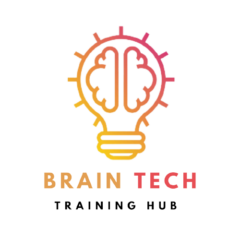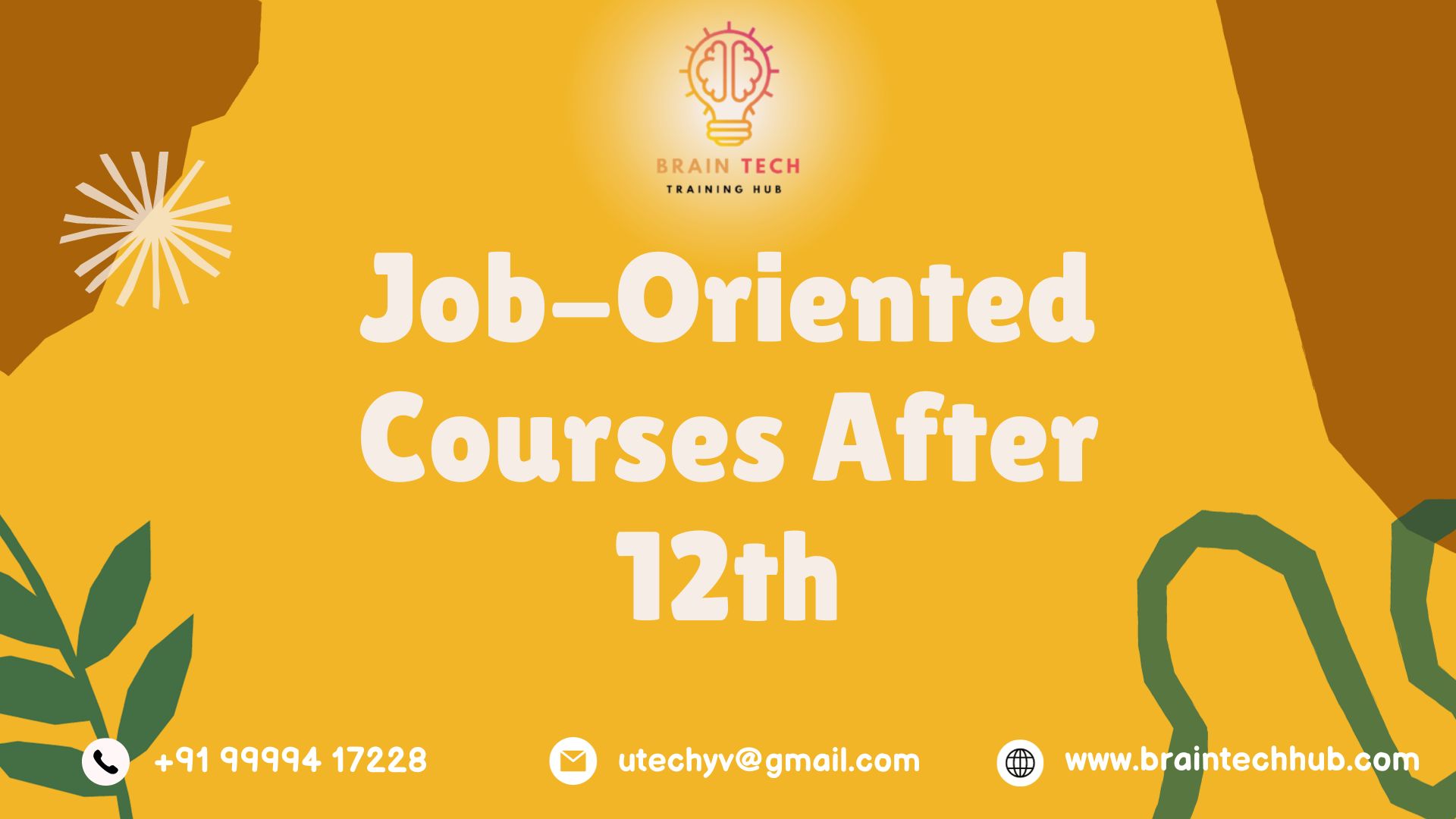After completing the 12th grade, students have a plethora of job-oriented professional courses to choose from to kickstart their careers. In fields such as engineering, medicine, and information technology, popular choices include Bachelor of Technology (B.Tech), Bachelor of Medicine, Bachelor of Surgery (MBBS), and Bachelor of Computer Applications (BCA), respectively. For those interested in business and management, courses like Bachelor of Business Administration (BBA) or Chartered Accountancy (CA) can pave the way for lucrative careers. Additionally, vocational courses such as Hotel Management, Fashion Designing, and Event Management provide practical skills for specific industries. In the ever-evolving tech landscape, courses in Data Science, Artificial Intelligence, and Cybersecurity are gaining prominence. Overall, the key is to align one’s interests and strengths with a course that offers both academic rigor and practical application, ensuring a solid foundation for a successful professional journey.
I. Introduction
A. The importance of choosing the right career path after 12th
Navigating through the myriad of career choices can be overwhelming for students. Making the right decision is vital as it can significantly impact one’s professional journey. The post-12th phase is not just about education but also about building a career that aligns with personal aspirations.
B. Overview of job-oriented professional courses
In recent years, the focus has shifted towards courses that directly prepare students for the workforce. These job-oriented professional courses provide practical skills and knowledge, ensuring graduates are ready to face the challenges of the industry.
II. Popular Streams for Professional Courses
A. Engineering
For those inclined towards technology and innovation, engineering courses offer a diverse range of specializations. From civil engineering to computer science, students can choose based on their interests and aptitude.
B. Medicine
The field of medicine opens doors to various specializations like nursing, pharmacy, and allied health sciences. Pursuing a medical profession is not only rewarding but also crucial for societal well-being.
C. Commerce
Commerce offers a plethora of options such as accounting, finance, and business administration. These courses equip students with the skills needed in the corporate world.
D. Arts
Contrary to common belief, arts stream also provides job-oriented courses like journalism, graphic designing, and performing arts. Creativity is not limited to hobbies but can be a fulfilling career choice.
III. In-Demand Professional Courses
A. Data Science and Analytics
In the era of big data, professionals skilled in data science and analytics are in high demand. These courses bridge the gap between traditional education and the evolving needs of the industry.
B. Digital Marketing
With the digital revolution, marketing strategies have shifted online. Digital marketing courses empower students to navigate the virtual landscape, making them valuable assets for companies.
C. Cybersecurity
As cyber threats continue to rise, the demand for cybersecurity experts is at an all-time high. Courses in cybersecurity provide the knowledge and skills to safeguard digital assets.
D. Graphic Designing
The visual appeal of content is crucial in today’s digital age. Graphic designing courses enable individuals to create compelling visuals for various platforms.
E. Artificial Intelligence and Machine Learning
The future is undoubtedly driven by artificial intelligence. Courses in AI and machine learning prepare students for the technological advancements shaping industries.
IV. Benefits of Job-Oriented Courses
A. Higher employability
One of the primary advantages of job-oriented courses is the increased employability they offer. Graduates are equipped with practical skills that make them valuable assets in the job market.
B. Skill development
Job-oriented courses focus on developing specific skills relevant to the industry. This hands-on approach ensures that students are not just theoretically knowledgeable but also proficient in practical applications.
C. Adaptability to industry trends
The dynamic nature of industries requires professionals to adapt swiftly to changing trends. Job-oriented courses keep students updated with the latest advancements, making them adaptable and competitive.
V. Challenges and Solutions
A. Choosing the right course
The abundance of choices can be confusing. It’s essential for students to research and understand the scope of each course, aligning it with their interests and long-term goals.
B. Balancing passion and market demand
While passion is crucial, students should also consider the demand for a particular profession. Striking a balance between personal interests and market demand is key to a successful career.
C. Overcoming financial constraints
Many students face financial constraints when pursuing higher education. Scholarships, financial aid, and part-time work opportunities can be explored to overcome these challenges.
VI. Real-Life Success Stories
A. Profiles of individuals who excelled after pursuing job-oriented courses
To inspire aspiring professionals, real-life success stories can be highlighted. Individuals who have successfully carved a niche in their respective industries after completing job-oriented courses serve as motivation.
VII. Tips for Success in Professional Courses
A. Time management
Professional courses can be demanding. Effective time management is crucial for balancing coursework, practical training, and personal life.
B. Networking
Building a professional network is invaluable. Networking opportunities provided during courses and internships can open doors to career advancements.
C. Internship opportunities
Internships provide hands-on experience and exposure to the industry. Securing internships during the course can significantly enhance a student’s employability.
VIII. Impact of Technology on Job-Oriented Courses
A. Evolution of courses with technological advancements
Technology is a driving force behind the evolution of job-oriented courses. Constant updates and integration of technology ensure that courses remain relevant in the fast-paced professional landscape.
B. Emerging trends in professional education
Online learning platforms, virtual classrooms, and interactive learning modules are emerging trends in professional education. These trends cater to the needs of modern students, providing flexibility and accessibility.
IX. Case Studies
A. Universities offering exemplary job-oriented courses
Highlighting universities known for their exemplary job-oriented courses adds credibility to the article. Case studies can delve into the curriculum, success rates, and alumni achievements.
B. Success stories of graduates from these institutions
Sharing success stories of graduates from these institutions reinforces the impact of job-oriented courses on individuals’ careers.
X. Future Trends in Job-Oriented Courses
A. Remote learning and its impact
The COVID-19 pandemic has accelerated the adoption of remote learning. Analyzing the impact of remote learning on job-oriented courses provides insights into the future of education.
B. Industry-specific courses on the rise
As industries become more specialized, the demand for industry-specific courses is rising. Students are opting for courses tailored to the requirements of specific sectors.
C. Continuous learning in a dynamic job market
The concept of lifelong learning is gaining prominence. Continuous learning through short courses and certifications ensures professionals stay relevant in a dynamic job market.
XI. Personal Testimonials
A. Quotes from students who found success through job-oriented courses
Including quotes from students who have experienced success after completing job-oriented courses adds a personal touch to the article. Their testimonials can resonate with readers facing similar decisions.
XII. Common Myths About Job-Oriented Courses
A. Dispelling misconceptions and stereotypes
Addressing common myths about job-oriented courses helps readers make informed decisions. Dispelling misconceptions ensures that students do not overlook valuable career opportunities.
B. The reality of job prospects post these courses
Providing a realistic view of job prospects after completing job-oriented courses helps manage expectations. Understanding the potential challenges and rewards is crucial for informed decision-making.
XIII. Accreditation and Recognition
A. Importance of choosing accredited institutions
Emphasizing the importance of choosing accredited institutions ensures that readers make choices that hold value in the job market.
B. Recognized certifications and their value in the job market
Certain certifications carry weight in the job market. Highlighting the value of recognized certifications can guide students towards courses that enhance their employability.
XIV. Overcoming Challenges in Job Search
A. Building a standout resume
Guidance on building a standout resume can be instrumental in helping graduates secure their desired jobs. Tips on showcasing skills and experiences effectively can make a significant difference.
B. Navigating job interviews successfully
Preparing for job interviews is a crucial aspect of the job search process. Practical tips on handling interviews can boost confidence and improve chances of success.
XV. Conclusion
A. Recap of the importance of job-oriented courses
In conclusion, job-oriented courses play a pivotal role in shaping successful careers. The practical skills acquired during these courses empower individuals to thrive in the competitive professional landscape.
B. Encouragement for students to explore diverse career paths
As students embark on this journey, it’s essential to explore diverse career paths. Each individual is unique, and the right career choice is the one that aligns with personal passions and aspirations.



